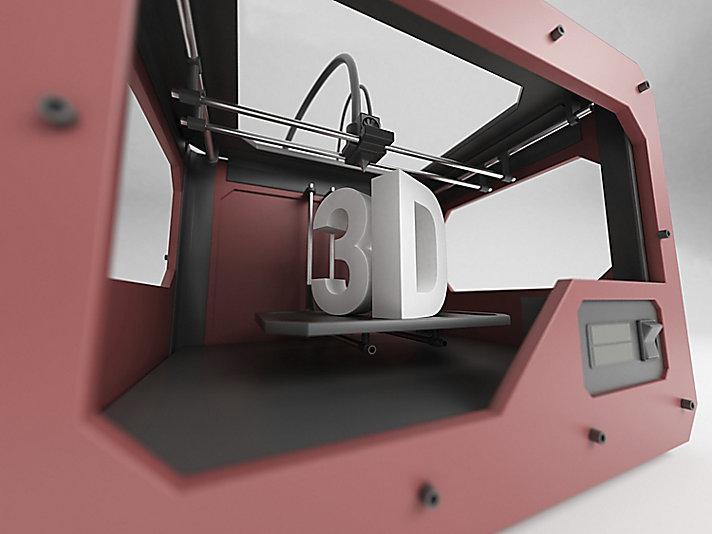 We often hear about how 3D printing is not only the wave of the future, but that the technology is positioned to take the lead in the manufacturing sector. Evidence of this idea especially exists when a long-time manufacturing company adopts more 3D printing technologies to carry out its traditional work.
We often hear about how 3D printing is not only the wave of the future, but that the technology is positioned to take the lead in the manufacturing sector. Evidence of this idea especially exists when a long-time manufacturing company adopts more 3D printing technologies to carry out its traditional work.
This is exactly the story behind Caterpillar, Inc. You may not follow the manufacturing sector closely, but you hardly need to in order to be familiar with this company. It is the world’s leading manufacturer of mining and construction equipment, industrial gas turbines and diesel-electric locomotives, and natural gas and diesel engines.
Another way to describe this company is that it is rare to pass a large construction site and not see the company’s name emblazoned on one or more pieces of construction equipment. Dating back to the early twentieth century, and headquartered in Peoria, Illinois, the company now embraces the twenty-first century as a turn to 3D printing has recently helped a manufacturing process that was not going well.
At the Caterpillar transmission assembly plant in Dyersburg, Tennessee, a faulty assembly line procedure had people believing thousands of dollars would be lost as the problem was fixed. But thankfully, Caterpillar’s 3D printing team was called in and was able to 3D print a “temporary plastic tool and got it to the facility overnight, saving the line from going down. ” The fact that the tool could be made out of plastic, using 3D printing, and not metal made the process go quicker and kept the transmission assembly line from being shut down.
Jim LaHood is on Caterpillar’s 3D printing team, and he has this to say about the technology:
“The possibilities are endless in the factories. Things that are previously done out of metal that don’t need to be – like little tools and gauges – can be made from plastic now.”
LaHood also describes how money and time is saved, as 3D printing also offers a more sustainable alternative to traditional manufacturing. One example of this is “low selling parts” that have always been a big inventory, shipping, and tooling cost. What once took a year to make now can be made overnight using 3D printing.
Caterpillar also acknowledges the convenience and cost-effectiveness of on-site 3D printing capabilities, and the company is currently working on a way manufacturing sites can print parts when they need one to keep production going — exactly like what happened in Tennessee on the transmission assembly line.
Discuss this story in the Caterpillar 3D Printing forum thread on 3DPB.com
Subscribe to Our Email Newsletter
Stay up-to-date on all the latest news from the 3D printing industry and receive information and offers from third party vendors.
You May Also Like
AM Under Trump, First Thoughts: Reshoring
Constrained resources and the need to fight climate change have led to a new era of manufacturing focused on re- and nearshoring paired with supply chain resilience. In the battle...
Dyndrite Forms Strategic Partnership with Nikon SLM Solutions for Metal 3D Printing
Dyndrite, the Seattle-based software provider specializing in solutions for digital manufacturing technologies, has announced a strategic partnership with Nikon SLM Solutions to integrate Dyndrite’s LPBF Pro software with Nikon’s metal...
Nikon SLM Hits 1000th 3D Printer Milestone with Bosch Purchase
Nikon SLM Solutions has reached a significant milestone with the production of its 1000th NXG XII 600 system, among the most productive metal additive manufacturing (AM) systems in the industry....
Themes from AM Investment Strategies: Collaboration, Cost Challenges, and Expanding Markets
The 2024 Additive Manufacturing (AM) Investment Strategies event went off without a hitch. The online roundtable, hosted by AM Research (AMR) and Cantor Fitzgerald, dug into the latest trends and...






































